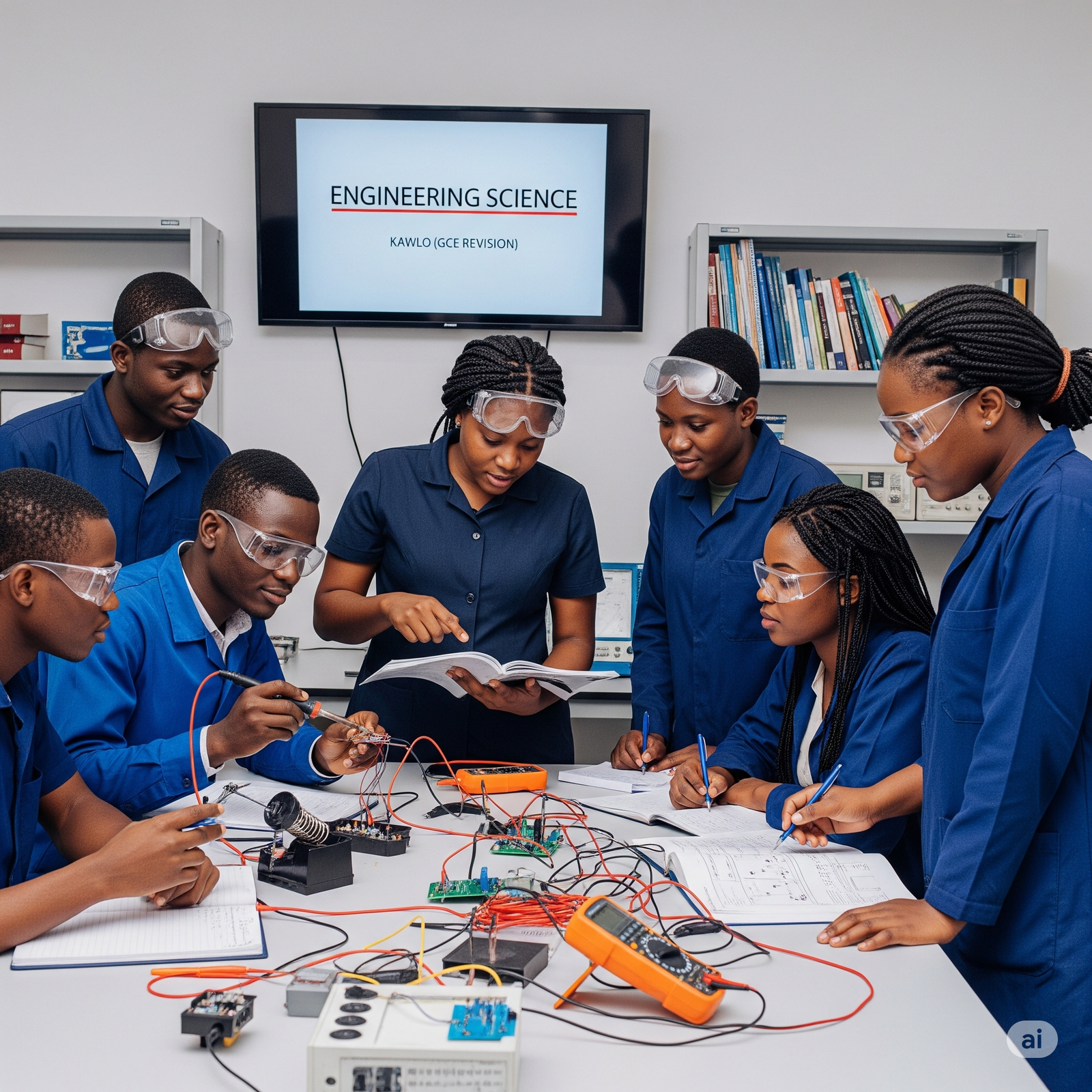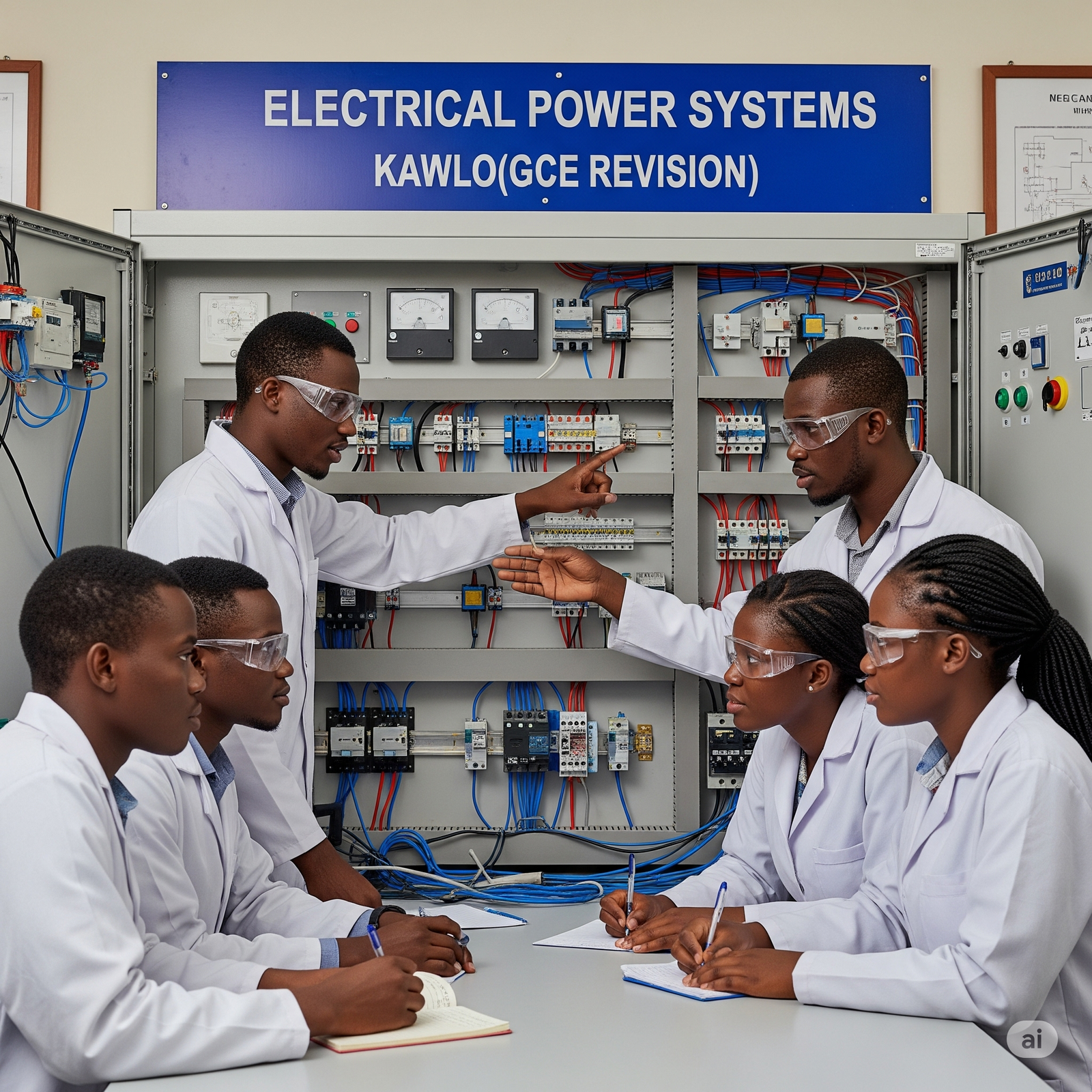To DOWNLOAD CAMEROON GCE JUNE 2014 math meach Paper 2 click on the link below
June 2014
1. A particle of mass 3kg moves under the action of a force F such that its position vector at time t seconds is given by F = (2t +1 )i + t3j + 4/3t3k.
Find, when t = 3,
The kinetic energy of the particle,
The magnitude of the force F,
The power developed by the particle.
Find, also,
The work done by the force in the interval 1 < t < 4,
The cosine of the angle between the velocity and acceleration vectors of the particle when t = 1.
A sphered, of mass 2m, moving speed 2u on a smooth horizontal plane, collides directly with another sphere B of radius and of mass m which is moving with speed u in the opposite direction. Given that the coefficient of restitution between the spheres is ½ , find
Their speeds after the collision,
The magnitude of the instantaneous impulse,
The loss in kinetic energy caused by the collision,
After a short interval, the sphere A is given a horizontal impulse of magnitude 7mu so that it collides again directly with sphere B. Find the speed of A and the speed of B after second impact.
3.
A uniform ladder, of weight and length 2l, rests with is upper end against a smooth vertical wall and its lower end on a rough horizontal ground. The coefficient of friction between the ladder and the ground is ½ Given that the ladder is in limiting equilibrium, find the angle which the ladder makes with the horizontal.
A particle of mass m kg is projected vertically upwards with speed u ms-1. The resistance to the motion of the article is of magnitude mkv, where k is apositive constant and v is the speed at time t seconds. Find the velocity of the particle at time t seconds.
4. i) Forces F1 , F2 and F3 act at point vectors r1, r2 and r3 respectively, where
F1= (2i -j)N, r1 = (i 4- 3j)m ,F2 = (-3i + 5j)N, r2 = (2i – j)m, F3 = (i- 4j)N, r3 =(3i + 2])m
Show that this system of three forces forms a couple, and find the magnitude of the couple.
Two particles P and Q have velocities of (3i + 4j) ms-1 and (—4i + 2)ms-1 respectively. Initially, the position vectors of P and Q are (13i — 3j)m and (12i + 5j)m respectively. Find the distance between them at any time t. Hence find, to two decimal places, the least distance between them.
5. A car of mass 9000kg pulls a carriage of mass 600kg. There is a total non gravitational resistance of 500N and this is divided between the car and the carriage in the ratio of their masses.
The engine of the car produces a constant pull and the carriage accelerates from a speed of 8ms-1 to
a speed of speed 12ms-1 distance of 20m.
Find the magnitude of
The tractive force of the engine of the car,
The tension in the tow-bar when the motion takes place on level ground.
ii) One end of light elastic string of natural length 6m is attached to a fixed point A and a mass
2kg is attached at the other end B. A horizontal force of magnitude F newtons is applied to
the particle so that it is at rest with string taut and inclined at 30° to the horizontal. Given that
the vertical distance from point A is 5m, find
The value of F,
The modulus of elasticity of the string.
(Take g as 10ms-2)

Two particles A and B, of masses 2m and 6m, rest on the smooth and rough inclined faces respectively of a fixed
wedge as in Fig. 1. They are connected by a flight inextensible string passing over a smooth pulling fixed at the top
of the wedge. The smooth face of the wedge is inclined at angle 30° to the horizontal while the rough face is
inclined at angle 60° to the horizontal. The system is released from rest with the string taut. Given that the
coefficient of friction between B and the plane is 2/3 show that
the acceleration of the particle is █(@8)/9(√3-1) ms-2
the tension in the string is █(@@mg)/4(3√3 + 1 )N
Find, in terms of g and m, the force exerted by the string on the pulling.
The particle B hits the ground 2 seconds after the system is released from rest and does not rebound from the ground.
Show that the further distance which A travels before first coming to momentary rest is
g[4/3 (√3 -1 )]2
8. i) ABCD is uniform rectangular plate of mass 6m. The sides AB = CD = 3a and AD = BC = 4a.
Particles of masses 3m, 2m and 5m are attached at the vertices B, C and D respectively. Find the distance of the centre of mass of the loaded plate from
The side AD
The side AB.
The vertex D of the loaded plate is freely hinged to fixed point and the place hangs at rest in equilibrium.
Find the angle between DC and the downward vertical,
ii) A compact disc, spinning at a constant angular acceleration, spins 5 revolutions in the first second
and 10 revolutions in the next second. Find the initial angular velocity, in rad s-1, of the compact
disc.
. 8.
Three random events A, B and C are such that P(A) = 1/5 ,P(A U C) = 19/60 and P{B n C)=1/24
Events B and C are independent while events A and B are mutually exclusive.
Find P(B) and P{A U B) .
Show that events A and C are independent.
A research is carried on the existence of a disease in a certain population. It is assumed that 10%
of the population has the disease. To verify this assumption, a test is conduced. It is found out
that a person assumed to have the disease has 75% chance of the test being positive and a
person assumed not to have the disease has a 5% chance that the test will be positive. Draw a
tree diagram to illustrate this information. Hence find, the probability that
c)A person has the disease and test positive
e)The test is positive,
d)A person has the disease, given that the test is positive


















Desmond
March 7, 2019
Were do I have the solutions